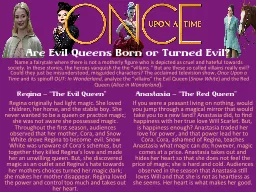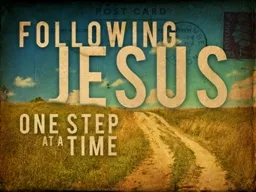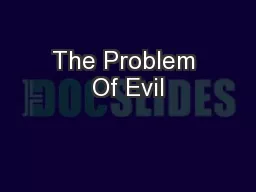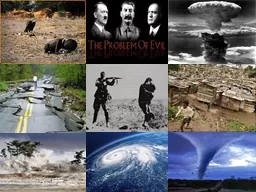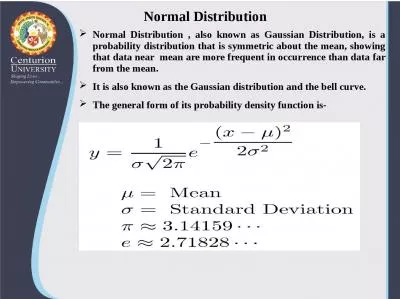PPT-Good vs Evil Distribution
Author : tawny-fly | Published Date : 2018-09-21
Math You need paper amp pencil LT What is distribution Q1 ends Friday Key Terms channel of distribution intermediaries wholesalers rack jobbers drop shippers
Presentation Embed Code
Download Presentation
Download Presentation The PPT/PDF document "Good vs Evil Distribution" is the property of its rightful owner. Permission is granted to download and print the materials on this website for personal, non-commercial use only, and to display it on your personal computer provided you do not modify the materials and that you retain all copyright notices contained in the materials. By downloading content from our website, you accept the terms of this agreement.
Good vs Evil Distribution: Transcript
Download Rules Of Document
"Good vs Evil Distribution"The content belongs to its owner. You may download and print it for personal use, without modification, and keep all copyright notices. By downloading, you agree to these terms.
Related Documents




